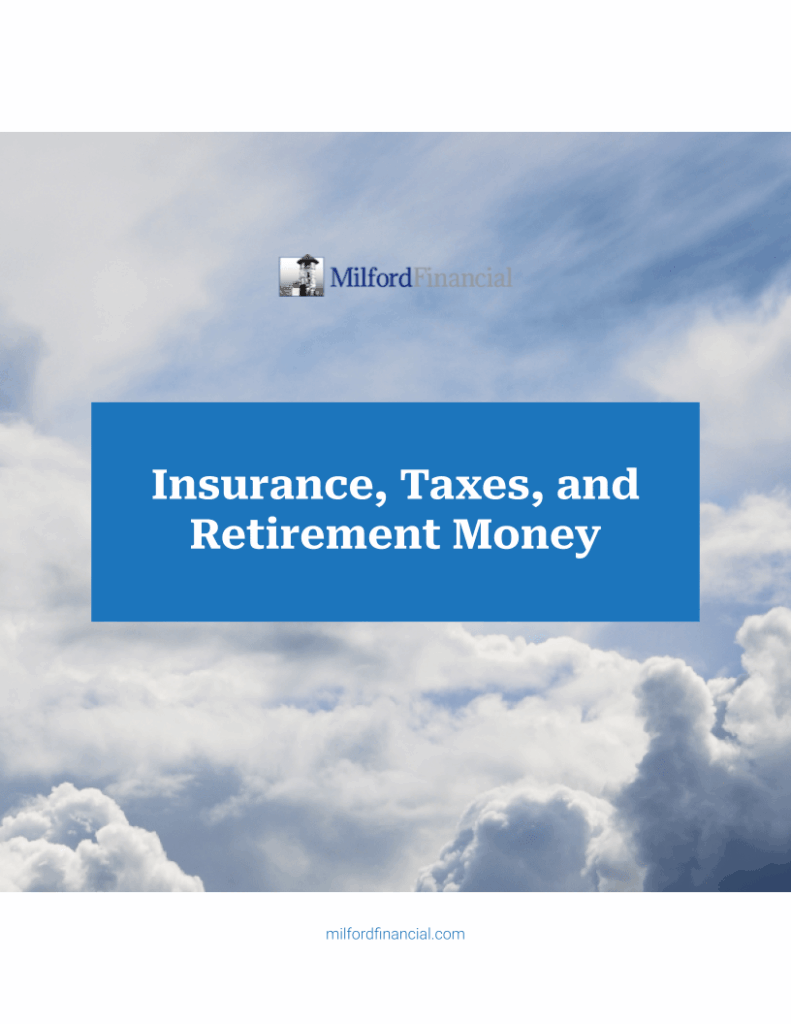Understanding how Required Minimum Distributions (RMDs) impact your retirement taxes is an essential part of retirement planning. Beginning at age 73, retirees are required to withdraw a minimum amount from their retirement accounts each year, which is then subject to taxation. While RMDs ensure retirement funds are taxed, there are strategic ways to manage these distributions to help lessen the tax burden. This article explores key strategies for navigating RMDs, with a focus on preserving more of your retirement savings.
Navigating RMDs: Foundational Knowledge
Required Minimum Distributions (RMDs) are the mandated minimum amounts that retirees need to withdraw from their retirement accounts each year, beginning at a designated age. The IRS enforces these withdrawals to ensure that retirement savings are not merely accumulated on a tax-deferred basis indefinitely.
Let’s take a closer look at the key aspects of RMDs:
- Affected Accounts: RMDs apply to employer-sponsored retirement plans like 401(k)s, 403(b)s, and 457 plans, traditional IRAs, and Roth 401(k)s. Roth IRAs are exempt from RMDs during the account owner’s lifetime because they are funded with after-tax dollars.
- Age Requirements: As of recent guidelines, individuals must start taking RMDs at age 73. This age was updated from 70½ following recent retirement legislation, allowing more time for savings to potentially grow before withdrawals begin.
- Calculation of Amounts: The amount required for each RMD is determined by dividing the retirement account’s prior year-end balance by a life expectancy factor set by the IRS, which can be found in IRS tables. These factors take into account the account holder’s age, potentially extending the distribution period and reducing the annual withdrawal amount.
Retirement Taxes: Strategies to Minimize Taxation on RMD Income
An essential part of navigating RMDs is minimizing their tax impact, which requires careful planning and strategic action. Here are several strategies to consider:
- Strategic Withdrawal Timing: If you don’t need the RMDs for living expenses, consider delaying your first RMD until April 1 of the year after you reach the required beginning age. This could potentially allow for more tax-deferred growth, but keep in mind that you’ll have to take two distributions in that year, which could increase your tax burden.
- Roth Conversions: Converting portions of your traditional IRA or 401(k) to a Roth IRA can reduce future RMDs and their tax implications, as Roth IRAs do not require RMDs during the owner’s lifetime. This strategy requires paying taxes on the converted amount but can lead to tax-free withdrawals later.
- Qualified Charitable Distributions (QCDs): Directly transferring your RMDs to a qualified charity can satisfy your RMD requirement without the distribution being added to your taxable income. This can be a powerful strategy for those who are charitably inclined, as it can lower your adjusted gross income and potentially reduce your tax liability.
Navigating RMDs: Starting to Plan Before Retirement
For truly effective RMD planning, don’t wait until retirement to get intentional with you plan. It’s advisable to begin planning well before you’re required to take distributions:
- Account Diversification: Diversifying your retirement savings across different account types (e.g., traditional IRA, Roth IRA, taxable accounts) can provide more flexibility in managing taxable income in retirement and strategically planning RMDs.
- Early Withdrawals and Conversions: In some cases, it may make sense to start withdrawals from your retirement accounts or to convert to a Roth IRA before reaching RMD age. This can spread out the tax impact over more years, potentially keeping you in a lower tax bracket.
Consulting with Professionals on Navigating RMDs and Retirement Taxes
Considering the intricate nature of Required Minimum Distributions (RMDs) and their impact on your retirement taxes and planning, it is beneficial to seek guidance from a financial advisor or tax professional. These experts can offer tailored advice specific to your financial circumstances, assisting you in understanding the rules and optimizing your strategy for navigating RMDs.
Don’t Go it Alone: Navigating RMDs with the Milford Financial Team
Proper management of Required Minimum Distributions (RMDs) is key to a well-rounded retirement plan. Familiarizing yourself with how RMDs function and implementing methods to reduce their tax effects allows you to safeguard more of your retirement funds, though it is advisable to work with a financial advisor or tax professional for guidance and IRS compliance.
If you’re ready to speak with a financial professional you can trust, let Milford Financial help. Our team provides comprehensive retirement planning services, with a focus on strategies and solutions that serve your unique needs and goals. Contact us today to learn more!


